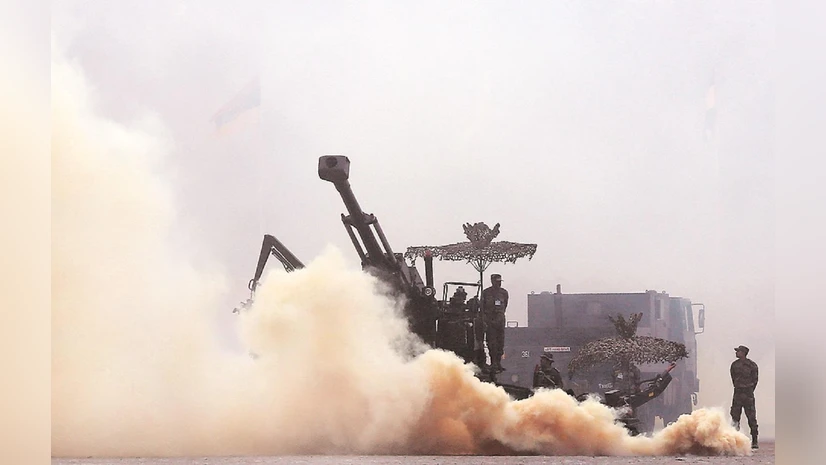



The Telecommunications (Procedures and Safeguards for Lawful Interception of Messages) Rules 2024 empower law enforcement to intercept messages under specific conditions. These rules replace Rule 419A of the Indian Telegraph Rules, 1951, with expanded provisions for wiretapping. However, concerns about accountability, potential abuse, and lack of safeguards persist.

Disclaimer: Copyright infringement not intended.
The Indian government has introduced new Telecommunications (Procedures and Safeguards for Lawful Interception of Messages) Rules, 2024, which replace the existing Rule 419A of the Indian Telegraph Rules, 1951.
The new rules authorise the Union Home Secretary and the Secretary to the State government in-charge of the Home Department as the competent authority to order the interception of any message or class of messages.
The Union government introduced the Telecommunications (Procedures and Safeguards for Lawful Interception of Messages) Rules, 2024, which empower law enforcement and security agencies to intercept telephone messages under certain conditions.
These rules supersede rule 419A of the Indian Telegraph Rules, 1951.
Competent Authorities |
Union Home Minister and Home Secretaries authorized for interception orders. |
|
In "inevitable circumstances," officers of at least the rank of Joint Secretary can issue orders. |
|
Operational Level Permissions |
Central Level: The head or second in command of an authorized agency can order wiretapping. |
|
State Level: A senior officer (not below the Inspector General of Police) can issue a warrant. |
|
Conditions: |
Orders must be submitted to the relevant authority within three working days. |
|
Orders must be confirmed within seven working days, failing which interception stops, and data collected cannot be used. |
|
Record Destruction |
Wiretap records must be destroyed every six months unless required for operational needs or court orders. |
The previous rules allowed wiretapping only in urgent cases. The new rules allow wiretapping in "remote areas" or "operational reasons", expanding the scope.
Earlier: No limit on the number of officers in the rank of Inspector General at the state level.
Now: Only the head or second-in-command of an authorized agency can issue wiretapping orders.
Verifying intercept commands: Any wiretapping order not confirmed within seven days becomes invalid and the collected data cannot be used.
The Indian Telegraph Rules, 1951 serve as the basic regulatory framework for telecommunications in India. These rules were established under the Indian Telegraph Act, 1885 and provide comprehensive guidelines for the administration and operation of telecommunication services across the country.
The purpose of the Telecommunications (Procedures and Safeguards for Lawful Interception of Messages) Rules 2024 is to provide a framework for lawful interception of messages.
However they have raised questions about potential abuse due to lack of accountability and guarantees. Policymakers must address these gaps to balance the needs of national security and individual privacy rights.
Source:
|
PRACTICE QUESTION Q.Telecommunications (Procedures and Safeguards for Lawful Interception of Messages) Rules, 2024, replace the existing Rule 419A of the Indian Telegraph Rules, 1951. Analyze the balance between the two in the context of India's evolving digital landscape. (250 words) |











© 2025 iasgyan. All right reserved